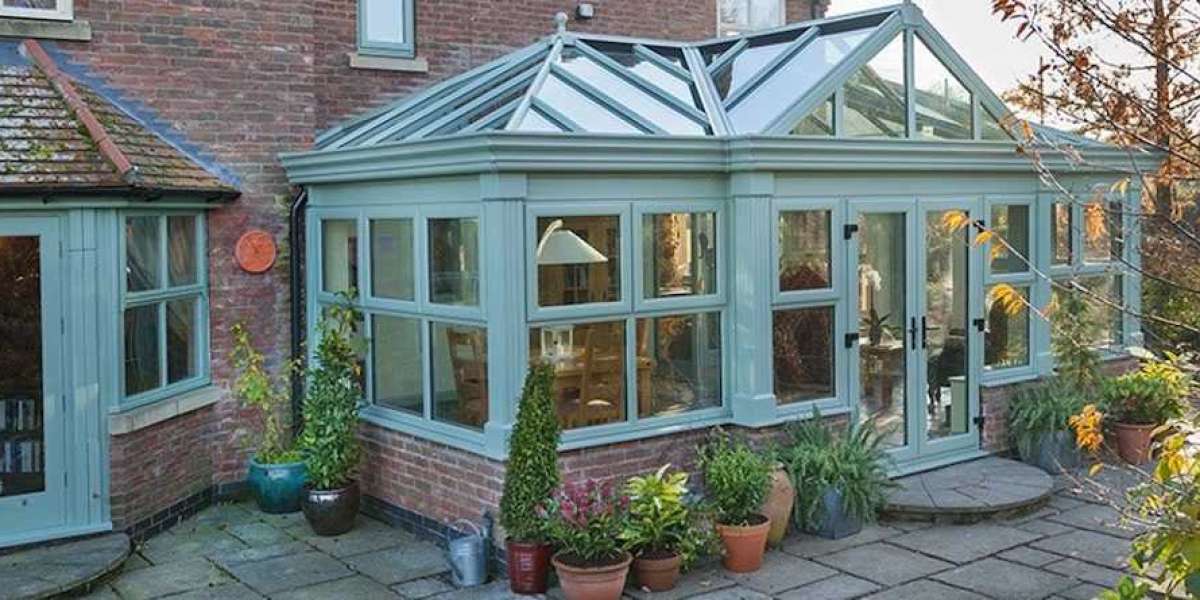When fitness routines shifted indoors, many people discovered a method that was both accessible and deeply effective: home Pilates. This popular approach builds strength from the inside out, focusing on posture, breathing, and fluid motion. It does not rely on jumping or fast repetition; instead, the body learns precision and balance. The result is a stronger core, longer muscles, and more controlled movement.
A Low-Impact Method With Big Benefits
The appeal of this method lies in its accessibility. People with busy schedules, limited space, or no gym membership can practice comfortably. One mat and guided instructions are enough to begin. This makes home Pilates excellent for beginners, office workers with stiff backs, older adults, or anyone wanting a gentle yet powerful workout.
Because movements are slow and mindful, it reduces the risk of impact-related injuries. Each exercise strengthens stabilizing muscles around joints, improving long-term mobility. Instead of exhausting the body, the practice refreshes it.
Whole-Body Strength Without Heavy Equipment
Many workouts focus on large muscle groups, leaving supporting muscles weak. Pilates does the opposite. It trains deep muscles that support posture, balance, and coordinated motion. Over time, the body becomes toned without bulk.
What this method supports:
- Better spinal alignment
- More hip mobility
- Stronger abdominals and glutes
- Increased lung capacity from focused breathing
These changes benefit everyday life—sitting straighter, bending confidently, and moving with less stiffness.
Building a Routine You Can Maintain
Consistency matters more than intensity. A smooth schedule might look like:
- 10–15 minutes per session
- 3–4 times per week
- Mix of core activation, stretching, and balance exercises
Short sessions prevent fatigue, making it easier to continue long-term. Many prefer morning practice to gently wake the body, while others enjoy evening sessions to reduce stress.
Sample Beginner Routine
- Breathing and gentle spine warm-up
- Bridge for hips and lower back
- Hundreds or modified hundreds for core activation
- Side-lying leg work for hips
- Plank or modified plank
- Forward fold or seated stretch
This short flow improves circulation, stability, and posture.
What Makes Home Pilates Different From Other Workouts
Unlike running, aerobics, or high-intensity training, this method emphasizes control over speed. Instead of forcing movement, it teaches the body to move efficiently. The result is lean strength and improved alignment rather than strain.
Tools That Can Enhance Practice
Basic sessions need no equipment, but optional tools can add variety:
- Mini exercise ball
- Resistance band
- Ring or soft Pilates circle
- Light dumbbells
- Cushions or yoga blocks
These increase challenge without requiring large machines.
Common Challenges and Simple Fixes
- If balance feels shaky, widen the stance or use a wall for support
- If the neck strains, keep the head down and focus on deep core muscles
- If movements feel too intense, reduce range of motion
- If breathing is difficult, slow down and match breath to movement
Small adjustments protect the body and improve results.
Long-Term Benefits
People practicing consistently notice:
- Flatter and stronger abdominals
- Reduced lower-back tension
- Better joint stability
- Improved coordination and posture
- Greater flexibility and body awareness
These changes support everyday movement—from walking and climbing stairs to carrying items or sitting at work.
Conclusion
With its gentle approach, whole-body strengthening, and minimal space requirements, home Pilates has become a preferred training style for many. It offers balance, mobility, and core strength without loud equipment or complicated routines. Anyone can begin with just a mat and steady breathing, making it a lifelong fitness solution for a strong and flexible body.








